Giorgetto Giugiaro is widely regarded as one of the greatest automotive designers of the 20th century. Born in Garessio, Piedmont, Italy, in 1938, he had an extraordinary ability to interpret and anticipate the tastes of entire generations, setting the standard for modern cars. His career began early with Bertone and Ghia, before he founded Italdesign in 1968, a creative and technical workshop that would leave a lasting mark on industrial design worldwide. Giugiaro’s style is defined by a functionalist, often minimalist vision, yet always innovative. He seamlessly blended aesthetics with practicality, reimagining the car not just as a means of transportation, but as a cultural and industrial symbol. Whether designing city cars, supercars, visionary concepts, or everyday vehicles, he maintained a consistent stylistic signature: clean lines, balanced proportions, and a continuous dialogue between form and function.
His work transcended eras and borders, profoundly shaping how we perceive, design, and experience the automobile. From accessible city cars to exclusive high-performance automobiles, each of Giugiaro’s creations teaches a lesson in simplicity, balance, and innovation. His true genius lay in understanding society’s evolving needs and turning them into tangible, beautiful, functional forms. To celebrate this master of design and vision we’ve selected 10 of his most significant creations.
Alfa Romeo Alfasud (1971)
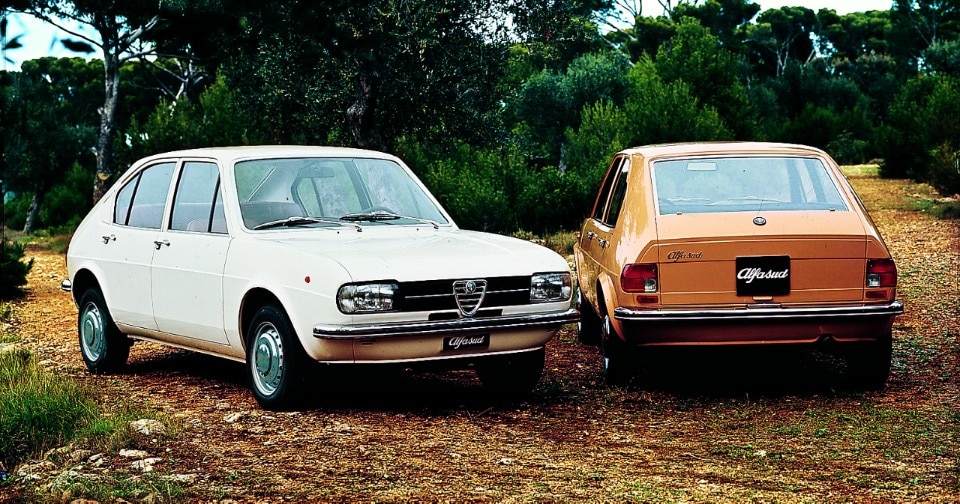
Created to bring mass mobility to southern Italy (hence the name), the Alfasud is a compact sedan with a restrained yet distinctive design. Giugiaro designed an aerodynamic, well-balanced, and modern silhouette that still retained Alfa Romeo’s sporty charm. He emphasized visibility, interior space, and ergonomics. The Alfasud marked Alfa’s entry into the front-wheel-drive mid-size segment, with a look that still feels surprisingly contemporary.
Lotus Esprit (1972)
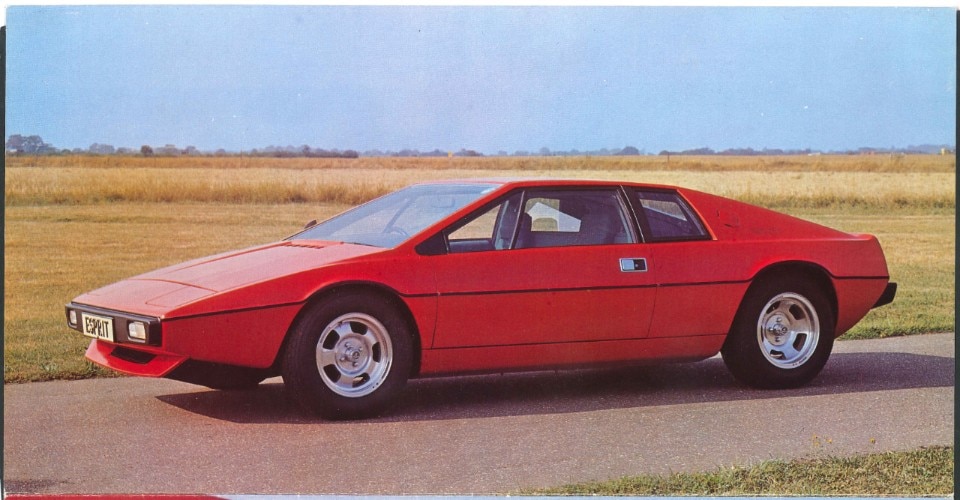
Among the most iconic 1970s supercars, the Lotus Esprit stood out with its sharp, pure lines inspired by futuristic concept cars. Giugiaro applied his signature “origami” style characterized by flat surfaces and crisp edges, giving the Esprit a radical and futuristic aesthetic. It gained global fame thanks to Roger Moore’s James Bond in The Spy Who Loved Me (1977), where it transformed into a submarine. A true dream car, born from strict yet revolutionary design.
Volkswagen Golf (1974)
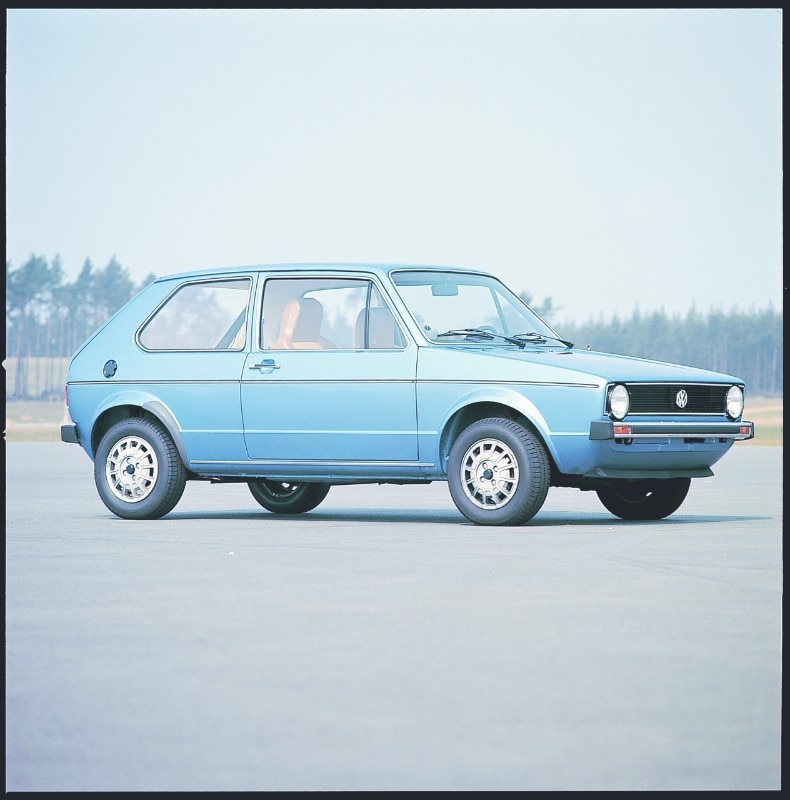
With the first-generation Golf, Giugiaro revolutionized the identity of compact cars. The Beetle’s successor couldn’t rely on retro and curvy lines; it needed a modern, geometric, and sober look. The result was the Golf Mk1: a boxy yet elegant two-box design, with clean lines, taut surfaces, yet spacious and versatile unlike anything before. The Golf was an instant hit, selling in the millions, becoming a family staple across generations and a must-have among car enthusiasts. Today, it remains a benchmark in its class.
BMW M1 (1978)
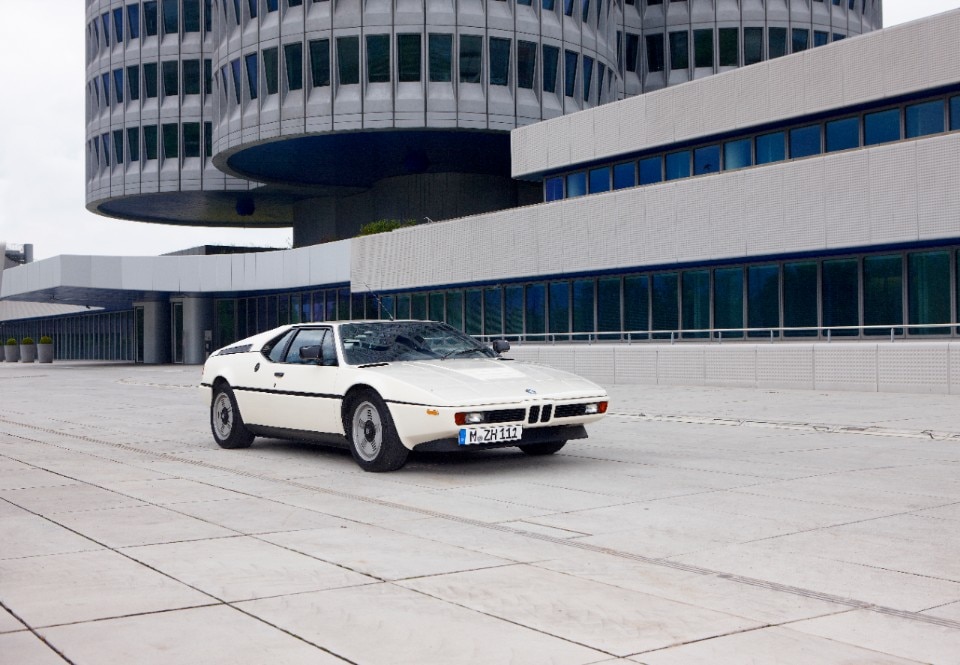
Designed as Germany’s answer to Italian supercars, the BMW M1 is arguably the most “Latin” car the brand ever built. Giugiaro created a low-slung, wide, and streamlined body with pop-up headlights and a race-inspired truncated tail. It’s an extreme car, designed to race and charm. With only 453 units produced – making it a coveted collector’s item – the M1 is now a cult classic. Its design continues to be one of the most admired in BMW’s history.
Fiat Panda (1980)
The Panda is perhaps the purest expression of Giugiaro’s rational design philosophy. Created to be the people’s car of the 1980s, it combined low-cost production with maximum functionality, all wrapped in a boxy, honest form. Flat-folding seats, washable interior, and a wide-opening tailgate: every feature was carefully thought out to be useful. Giugiaro called it “a magic box,” able to adapt to every situation, from city streets to country roads. Decades later, the Panda remains an icon of smart, utilitarian design.
DeLorean DMC-12 (1981)
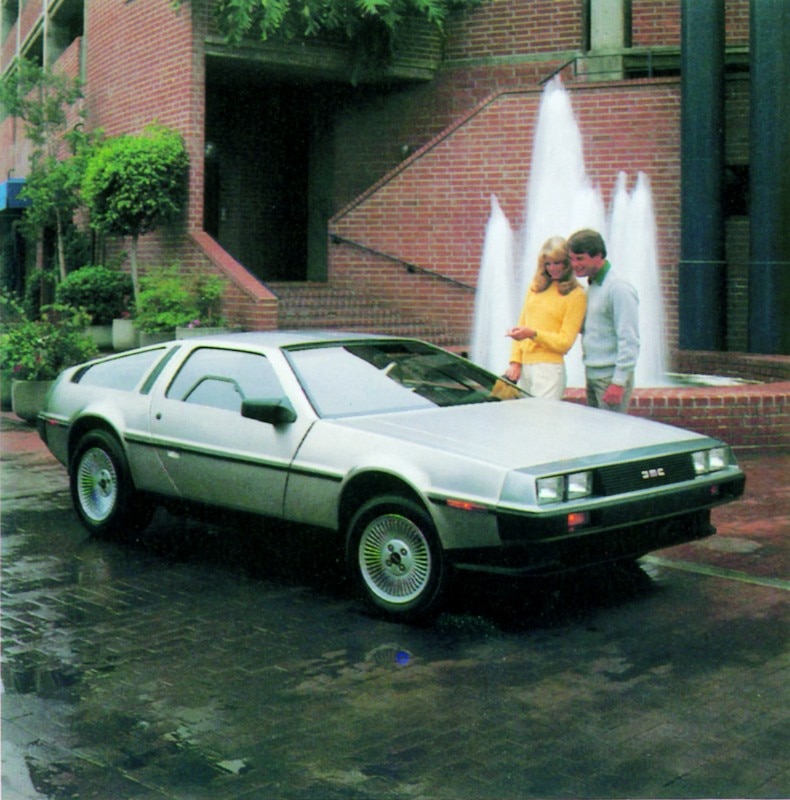
Immortalized by Back to the Future, the DeLorean DMC-12 is one of Giugiaro’s most recognizable designs. With its unpainted stainless-steel body, gull-wing doors, and angular lines, it looks more like a sculpture on wheels. Its design is both original and polarizing, yet it has etched itself into the collective imagination. Love it or hate it, the DeLorean crossed over from the world of cars into pop culture.
Fiat Uno (1983)
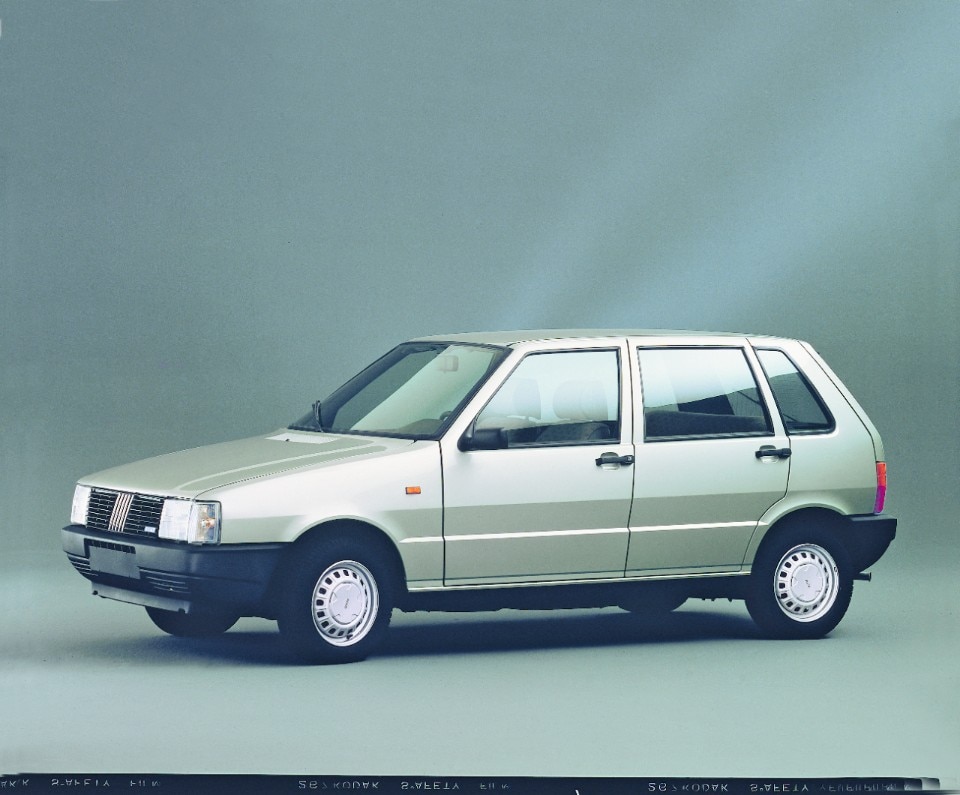
A natural evolution of the Panda, the Fiat Uno brought Giugiaro’s functional minimalism to a larger segment. It had soft yet defined lines, a remarkably aerodynamic shape for its time (drag coefficient: 0.34), and a roomy interior. The Fiat Uno’s design was clean, accessible, and nearly timeless. Named European Car of the Year in 1984, it became a mainstay of urban and suburban mobility across Europe and Latin America.
Saab 9000 (1984)
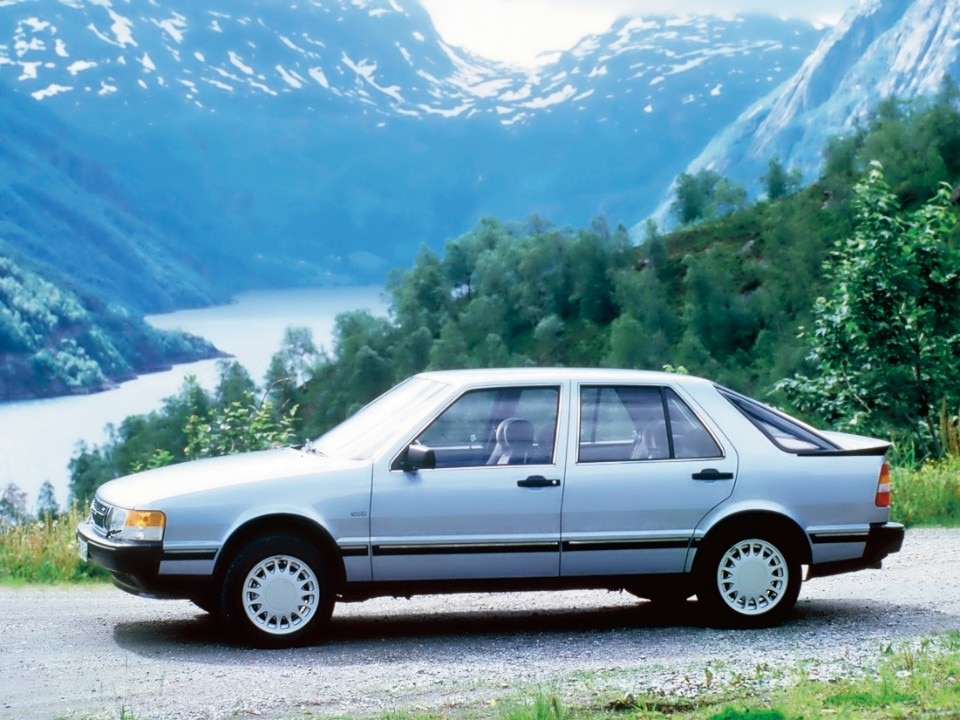
The result of a collaboration between Saab and Italdesign, the 9000 is a large four-door sedan that blends Nordic sturdiness with Mediterranean flair. Giugiaro crafted a clean, rational design with well-balanced proportions and a remarkably spacious interior. Elegance and functionality came together in perfect harmony, making the 9000 a symbol of Scandinavian reliability with an Italian soul. It also became one of the few Saab models to be mass-produced outside of Sweden.
Fiat Punto (1993)
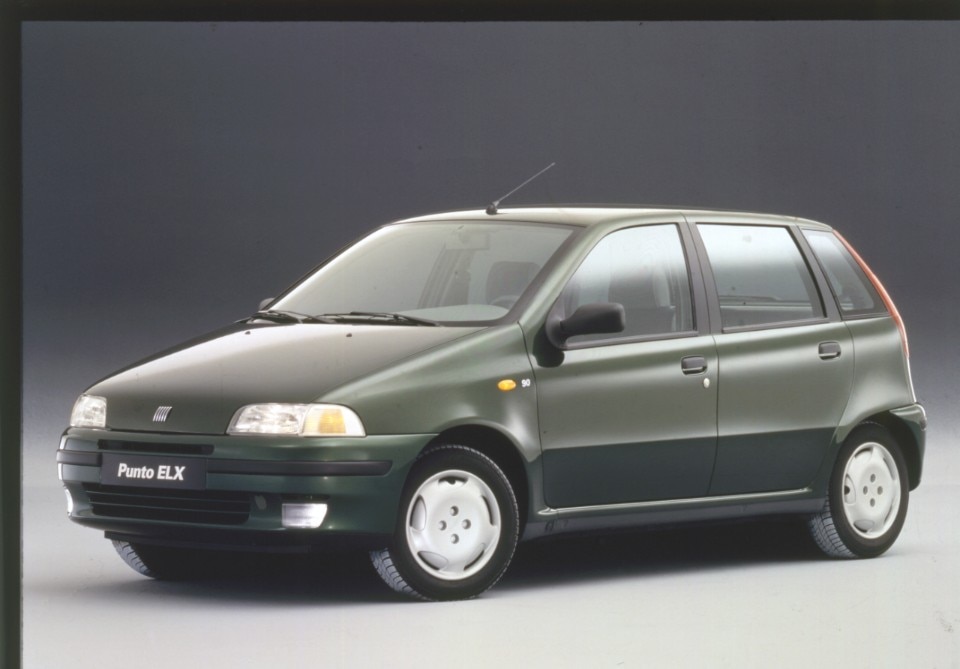
With the Fiat Punto, Giugiaro brought Fiat’s compact car into the modern era. Its design is smoother and more dynamic, yet true to the core balance of form and function. Flowing surfaces, vertical taillights, and broad windows: every detail was chosen to enhance visibility, safety, and comfort. The Punto was a major commercial success and helped define Fiat’s design direction into the 2000s.
Bugatti EB112 (1993)
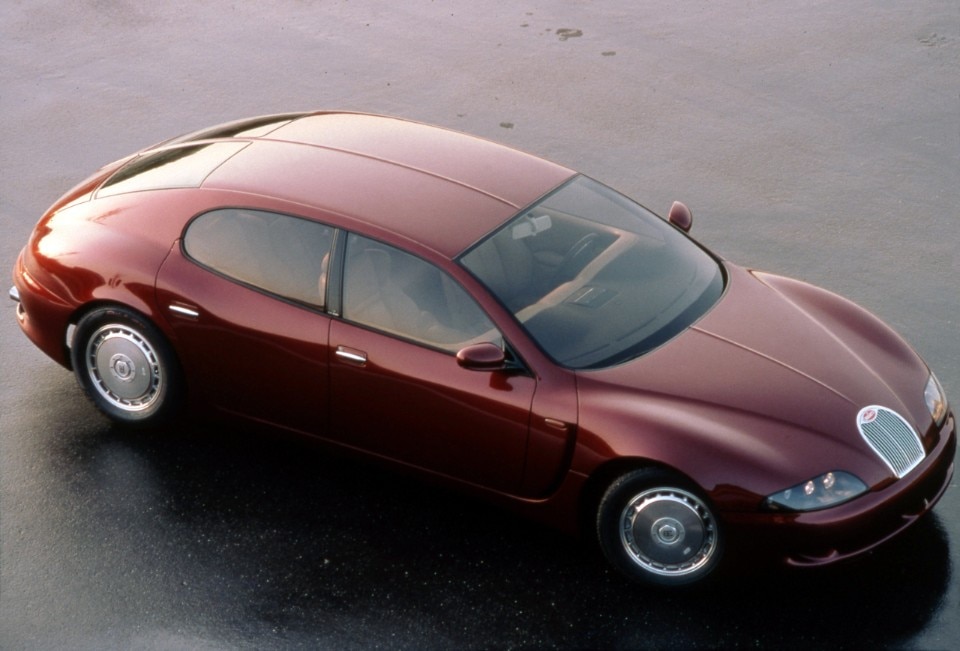
The EB112 is a concept car that fuses classic elegance with cutting-edge technology. Giugiaro defied the 1990s sporty design convention by designing a luxury sedan inspired by 1930s Bugattis. Soft curves, rounded forms, a long hood, and a truncated rear gave it a lavish, timeless presence. Though it never reached production, the EB112 remains a bold example of how the past can be reinterpreted with future eyes.


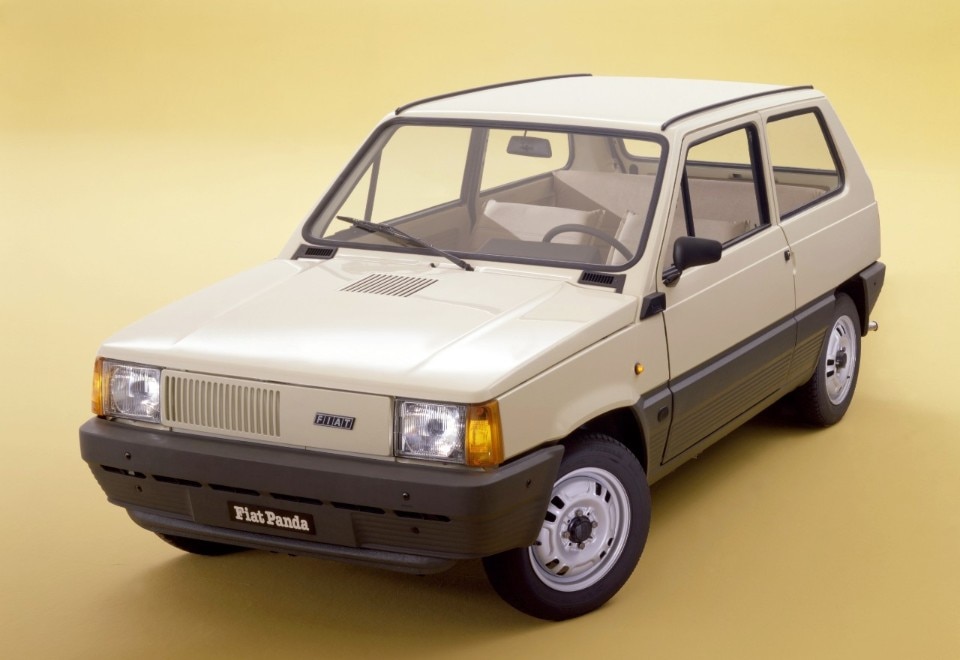
.jpeg.img.png/1585832370460.png)

.jpeg.foto.rmedium.png)
.jpg.foto.rmedium.png)
.jpg.foto.rmedium.png)
.jpg.foto.rmedium.png)
.jpg.foto.rmedium.png)
.jpg.foto.rmedium.png)
.jpg.foto.rmedium.png)
.jpg.foto.rmedium.png)
.jpg.foto.rmedium.png)
.jpg.foto.rmedium.png)
.jpg.foto.rmedium.png)
.jpg.foto.rmedium.png)
.jpg.foto.rmedium.png)
.jpg.foto.rmedium.png)
.jpg.foto.rmedium.png)
.jpg.foto.rmedium.png)
.jpg.foto.rmedium.png)
.jpg.foto.rmedium.png)
.jpg.foto.rmedium.png)